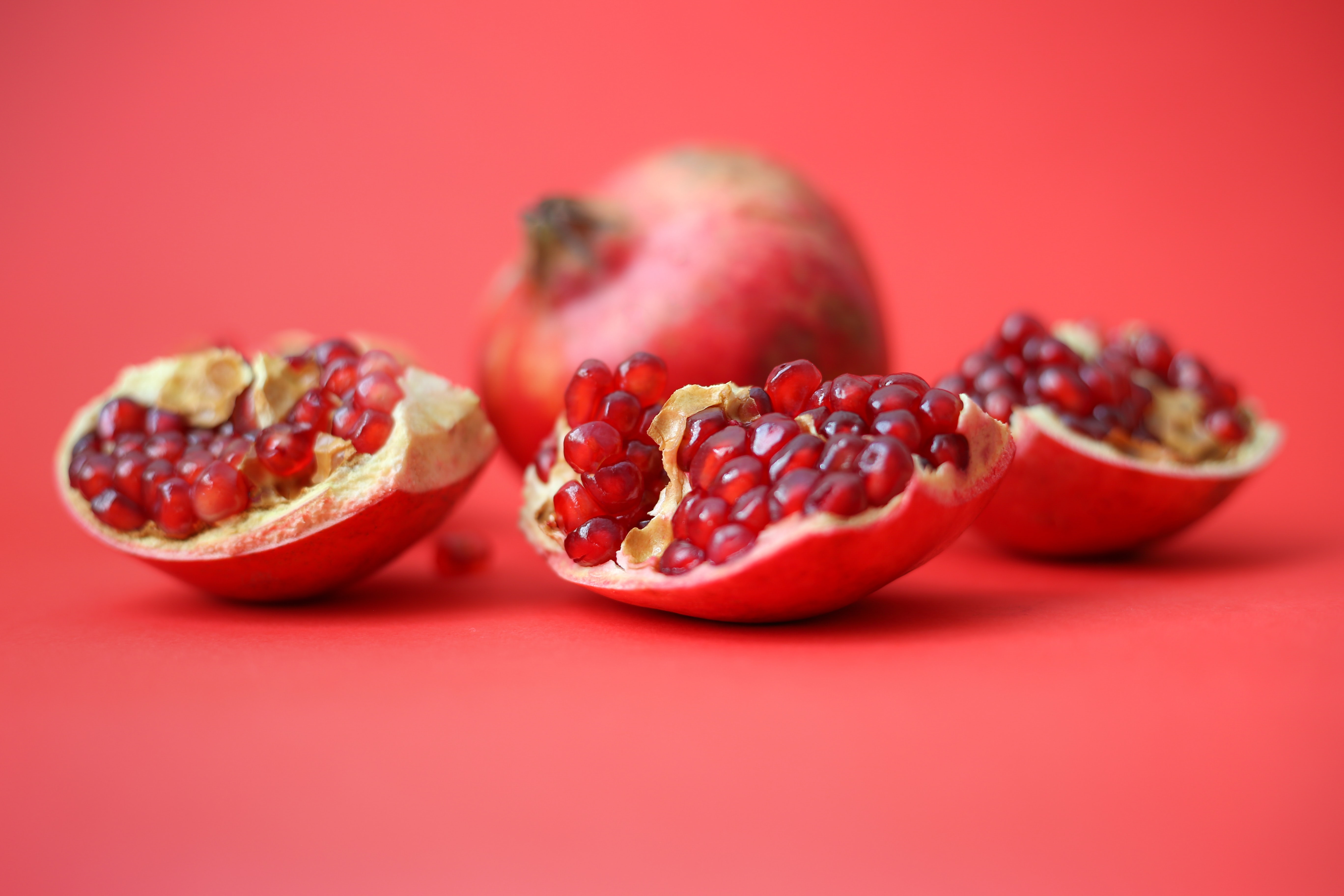
10 Expert Tips for Growing Pomegranate at Home
Pomegranate is a delicious and healthy fruit that can be grown at home with a little bit of care and attention. With its vibrant red color and sweet, tangy flavor, pomegranate is a versatile fruit that can be used in a variety of dishes and drinks. Here are 10 expert tips for growing pomegranate at home.
Tip #1: Choose the Right Variety
When choosing a pomegranate variety to grow at home, it’s important to consider the climate in your area. Pomegranates are typically hardy in USDA zones 8-10, but some varieties are better suited to specific regions. For example, the “Wonderful” variety is known to be particularly heat-tolerant and can handle the warm temperatures of southern California.
It is important to research different varieties and choose one that will thrive in your area. You can also consult with a local nursery or gardening expert for recommendations on the best varieties for your climate.
Tip #2: Provide Adequate Drainage
Pomegranates require well-drained soil in order to thrive. If your soil is heavy clay or is prone to waterlogging, it may be necessary to amend it with organic matter, such as compost or well-rotted manure, to improve its drainage. Additionally, be sure to plant your pomegranate in a spot that has good air circulation to help prevent the buildup of moisture.
Proper drainage is crucial for the health of your pomegranate tree. If the soil is not well-drained, the roots of the tree will suffocate and the tree will eventually die. By amending the soil and choosing a location with good air circulation, you can ensure that your pomegranate tree has the best chance of thriving.
Tip #3: Plant in the Right Location
Pomegranates prefer full sun and a warm, protected location. This means they should be planted in a spot that gets at least 6-8 hours of direct sunlight per day and is protected from strong winds.
When selecting a location for your pomegranate tree, it is essential to choose a spot that will provide it with the appropriate amount of sunlight. Pomegranates are fruiting trees and require a significant amount of sunlight to produce a bountiful harvest. They also prefer a warm and protected location, so it is best to plant them in an area that is protected from strong winds.
Tip #4: Water Regularly
Pomegranates require regular watering to stay healthy and produce fruit. Be sure to water your pomegranate deeply and regularly, especially during the hot summer months. A good rule of thumb is to provide 1-1.5 inches of water per week.
Watering is one of the most important aspects of pomegranate tree care. The tree should be watered deeply and regularly to ensure that the roots have access to the moisture they need to grow. During hot summer months, the tree may require more water than usual, so be sure to monitor the soil moisture and adjust watering as needed.
Tip #5: Fertilize Regularly
Pomegranates are heavy feeders and will benefit from regular fertilization. Use a balanced, slow-release fertilizer every 4-6 weeks during the growing season. Fertilization is crucial for the health and productivity of your pomegranate tree. A balanced, slow-release fertilizer should be applied every 4-6 weeks during the growing season to provide the tree with the nutrients it needs to grow and produce fruit. Be sure to follow the manufacturer’s instructions.
Tip #6: Prune Regularly
Pomegranates benefit from regular pruning to promote healthy growth and fruit production. Prune your pomegranate in late winter or early spring, removing any dead, damaged or diseased wood.
Tip #7: Keep an Eye out for Pests and Diseases
Pomegranates are susceptible to a variety of pests and diseases, including whiteflies, aphids, and powdery mildew. Be sure to keep an eye out for any signs of infestation and take action promptly to control the problem.
Tip #8: Harvest at the Right Time
Pomegranates are typically ready to harvest in the fall, but the exact timing will depend on the variety you are growing and the climate in your area. To determine when your pomegranates are ready to harvest, gently squeeze the fruit. If it feels slightly soft and the skin has turned a deep red color, it is ready to be picked.
Tip #9: Store Properly
Pomegranates can be stored at room temperature for up to a week or in the refrigerator for up to a month. To keep pomegranates fresh for longer, you can also freeze the arils (the juicy red seeds inside the fruit) for up to a year.
Tip #10: Enjoy in a variety of dishes
Pomegranates can be used in a variety of dishes such as salads, sauces, marinades, and cocktails. Pomegranate juice is also a popular ingredient in smoothies, and its seeds are often used as a garnish or topping for desserts and yogurt. One of the most popular ways to enjoy pomegranate is to simply crack open the fruit and eat the juicy arils straight out of the rind. Pomegranate seeds can also be added to savory dishes such as stews, curries, and meat dishes for a burst of sweetness and tanginess.
In conclusion, growing pomegranate at home is a rewarding experience that can be enjoyed by all. With the right care and attention, you can enjoy the delicious and healthy fruit for years to come. Remember to choose the right variety, provide adequate drainage, plant in the right location, water and fertilize regularly, prune regularly, keep an eye out for pests and diseases, harvest at the right time, store properly and enjoy in a variety of dishes. Happy gardening!
If you are interested in growing other fruits, check out these other articles: How to grow raspberries, How to grow dates, How to grow mango, How to grow pomelo, How to grow kiwi, How to grow strawberry, How to grow currants, How to grow khaki, How to grow currants, How to grow cranberries, How to grow bananas, How to grow citrus, How to grow blueberries, How to grow blackberries, How to grow pineapples, How to grow lemons,













